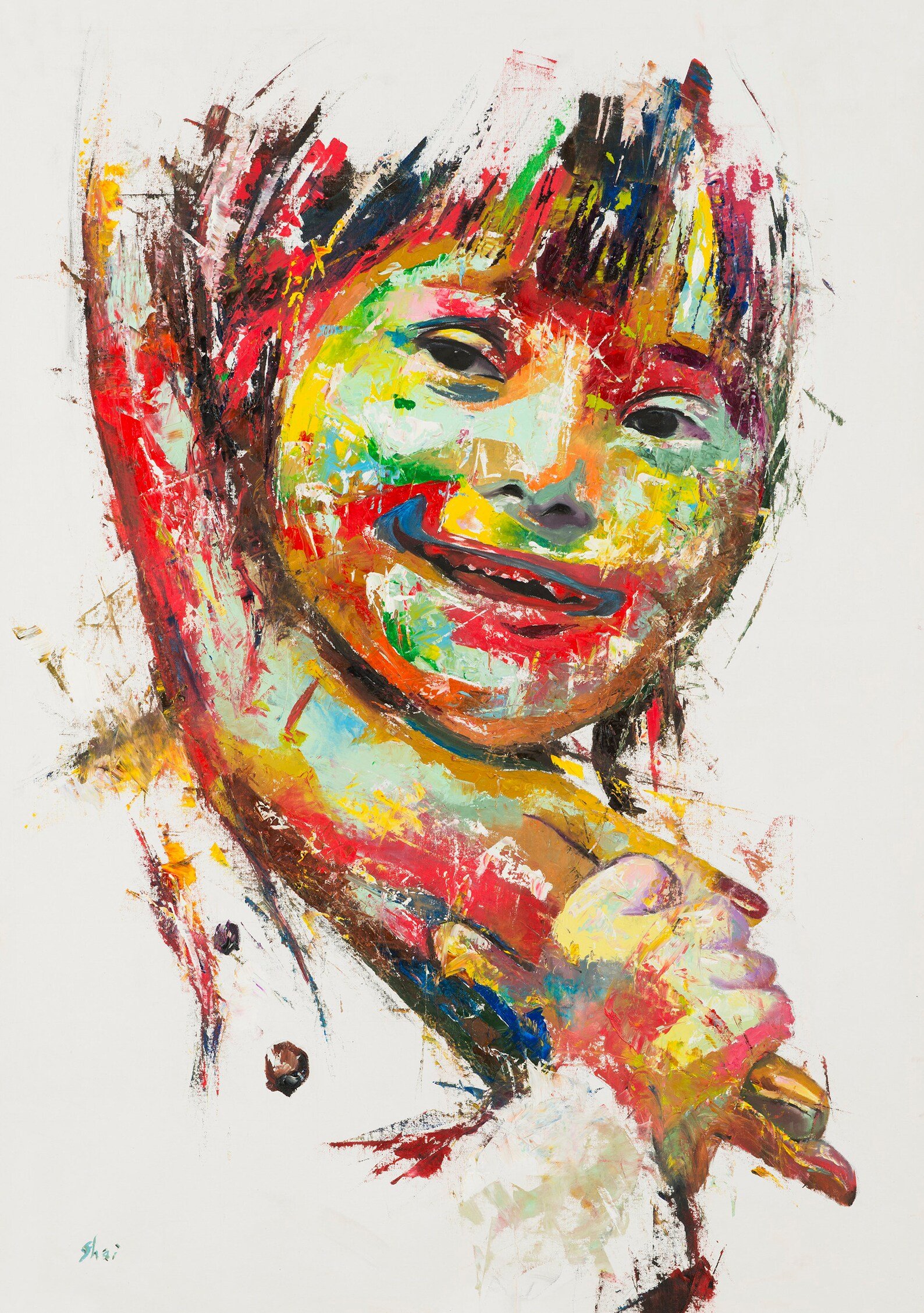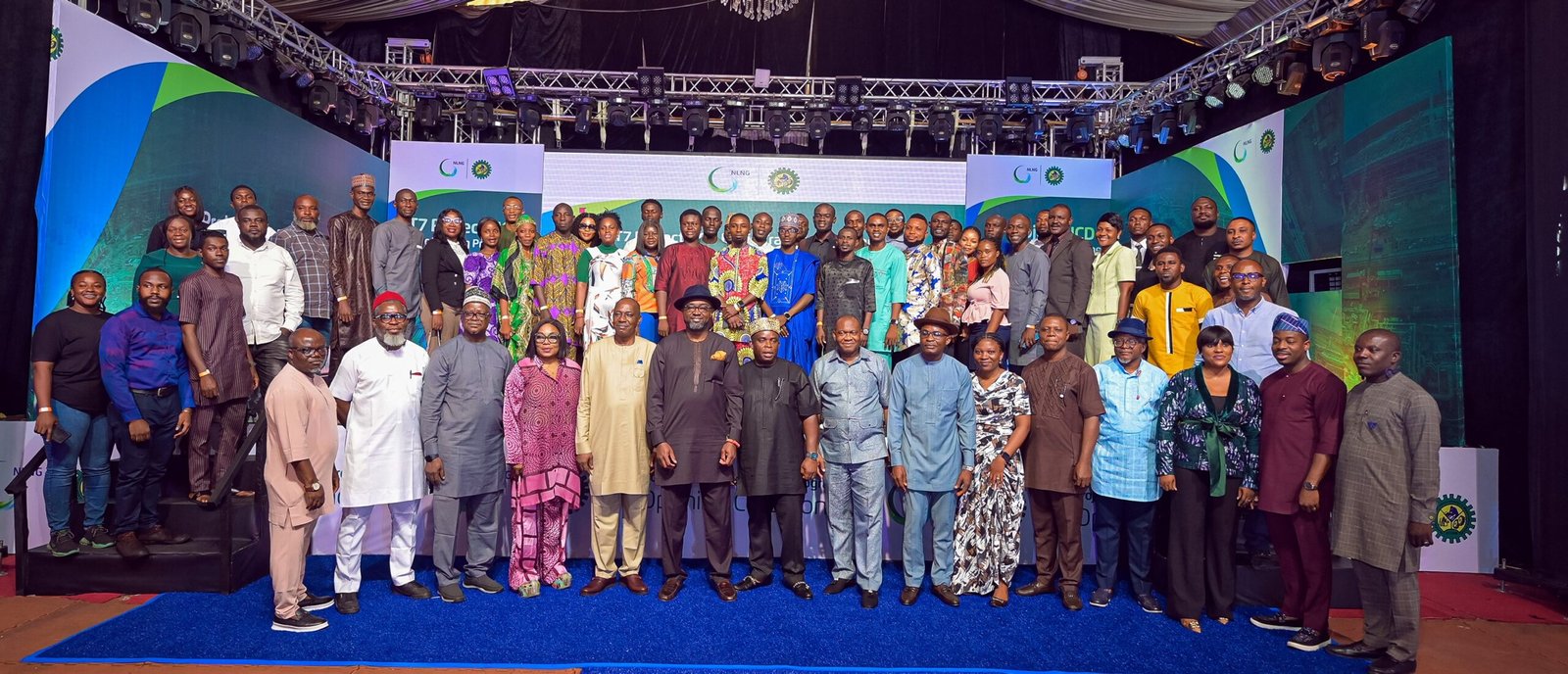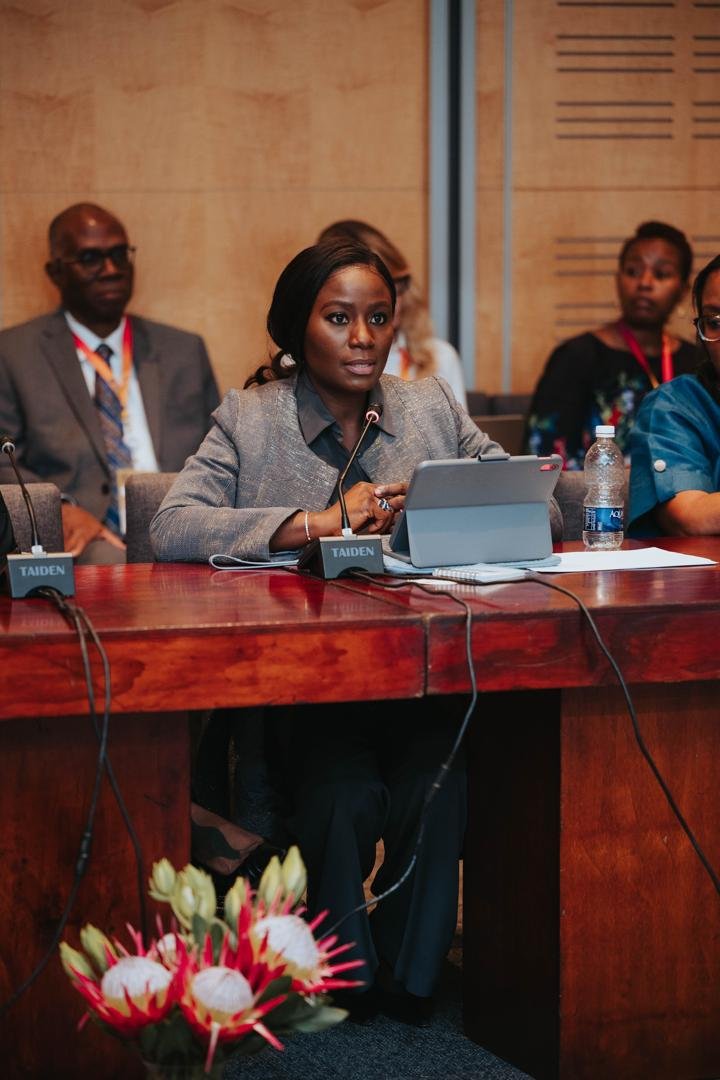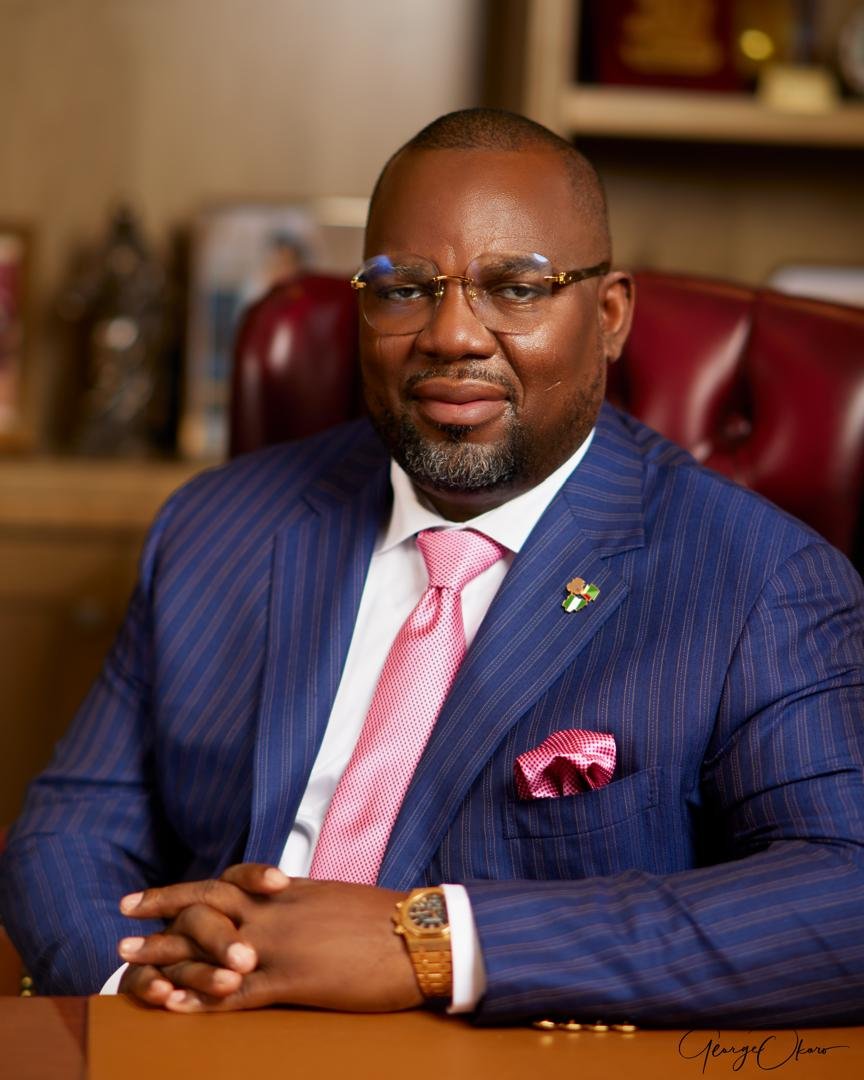By Godswill Odiong
In the vibrant city of Lagos, Nigeria, a unique journey began in the modest home of Tolu and his mother, Adeola. Tolu, born with Down syndrome, displayed an extraordinary gift for art that would ultimately change the course of their lives.
From his earliest days, Tolu faced significant challenges. Adeola watched her son struggle with gross and fine motor skills, finding it difficult to hold a crayon or manipulate art supplies. These obstacles compounded when he remained non-verbal for years, expressing himself primarily through gestures and facial expressions. The frustration was palpable, as Adeola longed to hear her son’s voice and understand his thoughts.
As Tolu entered primary school, the challenges continued. Although his teachers recognised his potential, they often struggled to meet his needs. Tolu found himself feeling overwhelmed by the classroom environment. His difficulties with articulation became evident when he finally began to speak. Although his words came, they were often unclear, making it hard for others to understand him. “He was always on the average,” Adeola recalls, reflecting on Tolu’s academic struggles. “He couldn’t keep up with his classmates, and I could see the disappointment in his eyes.”
Yet, amidst these challenges, Tolu found refuge in art. Whenever he picked up a brush, the world around him faded away. Adeola noticed that the moment he was given art supplies, he transformed. The vibrant colours seemed to unlock a different part of his mind, one that thrived in creativity and expression.
One afternoon, Adeola returned home from the market, weary but determined. She found Tolu sitting cross-legged on the living room floor, surrounded by a swirl of paints and brushes. Before him lay a canvas depicting a sunny day at the park. It was a scene that spoke of joy and freedom—elements that Tolu longed to express. “I want to show the world my happy place, Mama,” he declared, his face aglow with excitement.
Despite the turmoil of his academic life, Tolu continued to immerse himself in art, creating vivid paintings that reflected his experiences and emotions. However, with every masterpiece, Adeola noticed the deepening frustration in her son’s eyes when he couldn’t communicate his thoughts in words. The disparity between his artistic abilities and verbal communication weighed heavily on them both.
In school, Tolu often felt lost amidst his peers. He found it challenging to connect verbally, leading to feelings of isolation. But the art room became his sanctuary—a place where he could express what was often left unspoken. His art teacher recognised Tolu’s talent and encouraged him to explore various mediums. “Art became a way for him to communicate what he couldn’t say,” Adeola reflects.
One day, Tolu’s art teacher organised a local exhibition for students to showcase their work. Excitement filled the classroom as students prepared their pieces, but Tolu felt a familiar knot of anxiety. Would anyone appreciate his art? Would they understand the stories behind his colours? Adeola, sensing her son’s trepidation, took his hands in hers. “Your art speaks louder than words, Tolu. Just be yourself.”
On the day of the exhibition, Tolu stood beside his painting of a bustling Lagos market, the canvas alive with colours that danced in the light. Families wandered through the gallery, and Tolu watched, heart pounding, as people admired his work. One young girl stood in front of his painting, her eyes wide with wonder. “This is beautiful! It looks so alive!” she exclaimed, drawing a smile from Tolu.
As the evening unfolded, Tolu’s confidence blossomed. Each compliment he received was a brushstroke on the canvas of his heart. But the most profound moment came when a local artist approached him. “Your colours tell a story, my friend,” the artist said, kneeling to meet Tolu’s gaze. “You have a gift that deserves to be shared.”
Inspired by the encouragement, Tolu began to explore new themes in his art. He painted his dreams, his fears, and the world he wanted to see—a world where everyone was accepted, regardless of their abilities. With each brushstroke, he found a voice that transcended words.
Over time, Tolu’s art began to gain attention. Local galleries featured his work, and soon his paintings were displayed at an art fair in Lagos. Adeola’s heart swelled with pride as she watched her son’s journey unfold. “You’re changing perceptions, Tolu,” she told him. “Your art shows the beauty in differences.”
However, the path was not always smooth. Tolu faced challenges that went beyond art. The stigma surrounding disabilities lingered, and there were moments when people failed to see the brilliance behind his condition. During a particularly difficult day, Tolu returned home disheartened after being teased by classmates. “Why can’t I be like them, Mama?” he asked, tears in his eyes.
Adeola knelt beside him, embracing him tightly. “Tolu, you are uniquely you. The world needs your colours, your creativity. Never forget that you are special,” she whispered, her heart aching for his pain but brimming with hope.
Through persistence and hard work, Tolu continued to thrive. He became an advocate for children with disabilities, sharing his story through art. He visited schools, teaching children that creativity knows no bounds and that everyone has a story worth telling. With every workshop, Tolu broke down barriers, fostering understanding and acceptance.
Years passed, and Tolu transformed into a beacon of hope and inspiration. His paintings adorned the walls of homes, schools, and galleries, each piece a testament to his journey. Adeola watched with pride as her son flourished, his art resonating with many who sought solace in his colours.
Today, Tolu is not just an artist; he is a symbol of resilience and acceptance. He continues to paint, each canvas reflecting his experiences and the beauty of diversity. In the heart of Lagos, Tolu’s journey is a reminder that every stroke of creativity holds the power to change perceptions and illuminate the path toward a more inclusive world.







